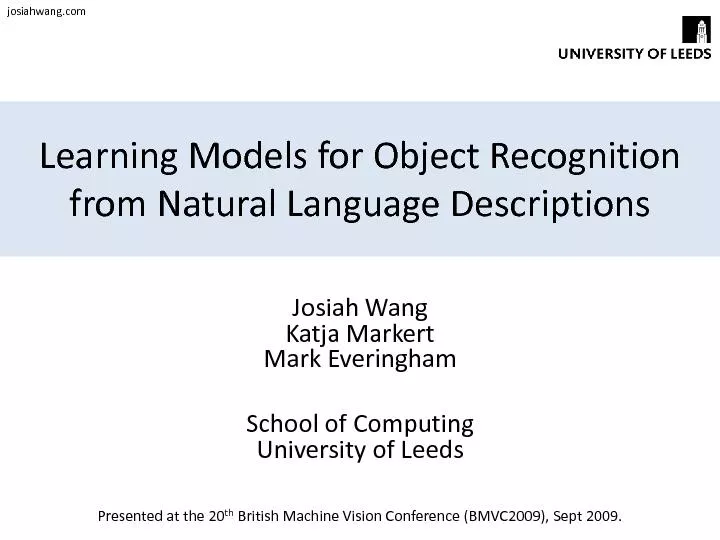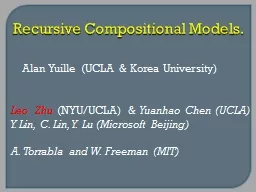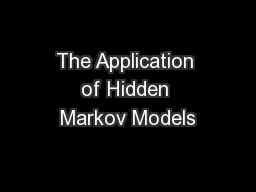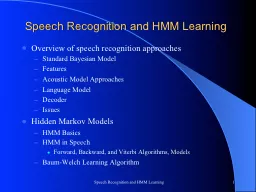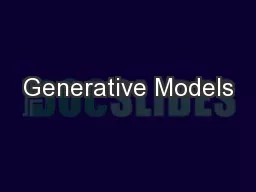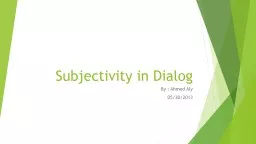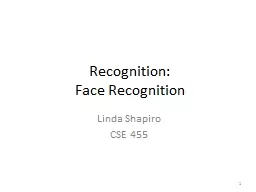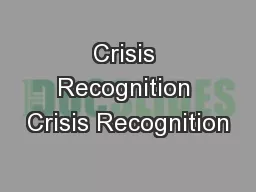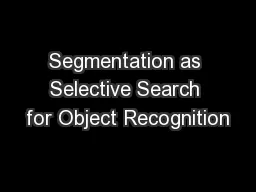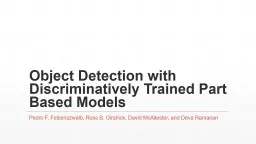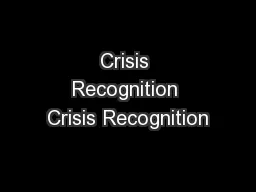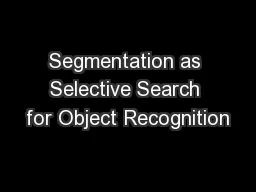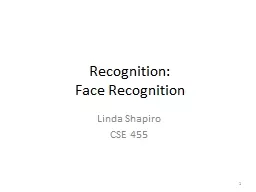PDF-Learning Models for Object Recognition
Author : test | Published Date : 2016-05-30
from Natural Language Descriptions Josiah Wang Katja Markert Mark Everingham School of Computing University of Leeds Presented at the 20 th British Machine Vision
Presentation Embed Code
Download Presentation
Download Presentation The PPT/PDF document "Learning Models for Object Recognition" is the property of its rightful owner. Permission is granted to download and print the materials on this website for personal, non-commercial use only, and to display it on your personal computer provided you do not modify the materials and that you retain all copyright notices contained in the materials. By downloading content from our website, you accept the terms of this agreement.
Learning Models for Object Recognition: Transcript
Download Rules Of Document
"Learning Models for Object Recognition"The content belongs to its owner. You may download and print it for personal use, without modification, and keep all copyright notices. By downloading, you agree to these terms.
Related Documents

